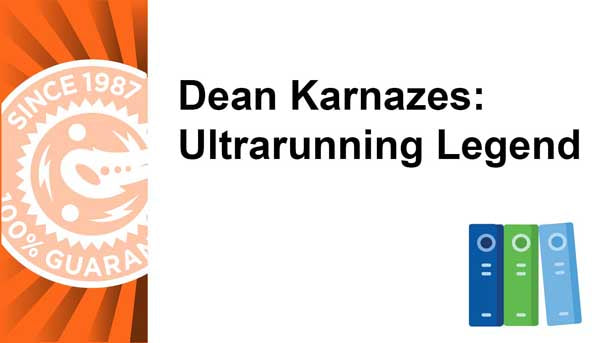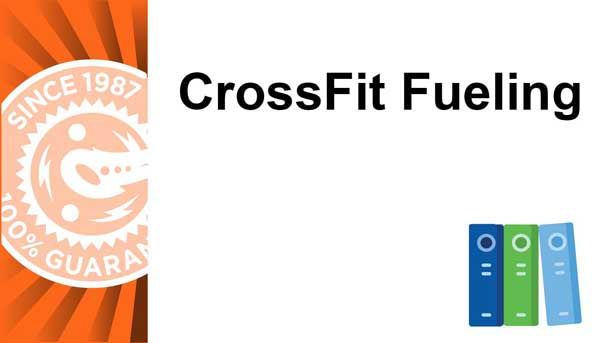
By Steve Born
During the summer months we field questions such as this quite frequently: "I began my workout early in the morning and the temperature was already quite warm. As the day progressed the temperatures rose even higher, topping off above 100°F. I drank plenty of water and supplemented with Endurolytes every hour. I still had salt stains everywhere. Is this just what happens and not a problem or should I do something a little different? And how can I adapt to the heat better?"
Dr. Bill Misner responds: Generally, salt stains are an indication of (1) profuse fluid loss response to hyperthermia, (2) excessive dietary sodium intake above needs, or (3) a combination of 1 and 2. Sodium is stored in extracellular spaces, withholding fluids proportionate to dietary intake, though the kidneys filter out some of the serum circulating levels. If you notice in a pace line early on, some riders tend to sweat heavily while others seem relatively dry. The more profuse one perspires, the higher the rate of sodium excreted, hence salt stains relative to diet or rate of fluid loss. There are other mineral salts lost in sweat, but sodium and chloride are the two lost the most, with magnesium and potassium in lesser amounts.
As a rule of thumb, the 70-70 rule states that when the heat is above 70°F and 70% humidity, physiological adaptations occur within 8-14 days exposure at an aerobic pace for 90 minutes or more each day. Above 80°F, without attention to humidity, heat has an inhibiting effect on endurance performance for each degree beyond 80°F. You can prepare only so much for high heat, then deteriorated performance is bound to occur. The leaner the athlete, the more fit the athlete, the more acclimated the athlete, and the slower the pace rate/effort attempted, the better heat will be tolerated. Fluid and electrolyte loss is observed to be maximally efficient up to a point if the person possesses a combination of all of the aforementioned traits.
Once core temperature reaches 102°F, perspiration begins in an attempt to lower body temperature to 98.6°F. Temperatures of 107°F and higher have been recorded during extreme heat stress. Pace rate, multiplied by duration in temperatures not adapted to (by the necessary 8-14 day exposure incidences), tends to elevate heart rate, perspiration rate, electrolyte loss, and communicates to the body to begin developing more efficient distal capillary beds to cool the body, reducing core temperatures and fluid and electrolyte losses more efficiently.
During adaptation to heat, the fluid and electrolyte loss may be at such a high rate that the deficiency is too much for the body to overcome. I am not sure that human metabolism can "efficiently perform" quality aerobic exercise in temperatures above 105°. Keeping the skin wet, increasing fluids, electrolytes, and relatively small amounts of long-chain carbohydrates, while lowering your pace effort, may be your only choice until those adaptations occur. The temperatures you rode in are very hot ones indeed, and even with time exposures and training in hot conditions, your physiology will adapt as far as it will within an 8-14 day heat-training exposure.
Tips to help you "beat the heat"

FLUIDS: Our basic recommendation is 20-25 ounces per hour, with many athletes needing no more than 16-20 ounces hourly to fulfill hydration requirements. When the temperatures get hot it may be necessary to increase fluid intake above the upper end of that recommendation. However, that doesn't mean that you can indiscriminately consume copious amounts of fluids; drinking too much will cause as many problems as not drinking enough. As hydration expert Dr. Ian Rogers states, "We can no longer assume that excess fluid taken during prolonged exercise will just be passed out in the urine. Like most things in life, balance is the key."
With that in mind, if the weather dictates that more fluid is necessary, you can increase your intake cautiously, up to 28 ounces per hour. If you're a larger athlete and the conditions are extreme, a fluid intake up to 30 ounces an hour may be merited. Just remember that:
- When you start flirting with consistent fluid intakes above 30 ounces of fluid an hour, serum sodium stores become overly diluted, resulting in hyponatremia, a clinical medical emergency.
- Increased fluid intake above what you normally consume requires that you increase your electrolyte intake.
ELECTROLYTES: 1 Endurolytes capsule or 1 scoop of Endurolytes Powder or 1/2 tablet of Endurolytes Fizz for every 50-60 pounds of body weight every hour is an excellent "starting point" dosage suggestion. When the heat cranks up, however, you'll most likely need more electrolytic mineral support. Therefore, you must be willing to increase your dose of Endurolytes as needed, when needed, especially if you've increased your hourly fluid intake. If you feel the slightest twinge of a cramp coming on, that's a definite "red flag" signal from your body, saying it needs more electrolytes right away. Don't wait until your body is knotted up in a full-fledged cramp! Take more Endurolytes immediately, even biting into capsules or tablets to get those minerals into your system FAST!
Athletes who rely solely on sodium (salt tablets, salty foods, etc.), would do well to heed Dr. Misner's words:
Sodium is not the only mineral the human body must monitor levels of when it is overheated, though it also is a survival chemical when volume is compromised. Endurolytes, with a broad spectrum of electrolyte mineral dose, helps keep mineral balances from triggering hormone-messenger alarms that contribute to muscle fatigue, spasms, cramping, and eventual failure. We know that consuming high amounts of sodium converts into high sodium loss in sweat and urine. We know that consuming low amounts of sodium converts into lesser sodium loss in sweat and urine. Therefore, replacement of lower amounts of sodium with other potentially depleting electrolytes predictably lowers sodium in sweat loss. This is because the body perceives low sodium transit as that which is unnecessary to excrete; electrolyte balances in moderation reduce the need to activate survival excretion pathways.
CALORIES: No matter what the weather is, exercising diminishes digestive system functioning as compared to when you're in a relaxed, resting state. When the weather gets hot, your body's ability to process calories decreases even more, which means that your hourly calorie intake may need to be lowered - sometimes drastically - from what you're normally accustomed to. Remember, you want to consume the least amount of calories required to keep your body doing what you want it to do hour after hour - the lowest amount necessary to keep energy levels where you want them. That's a good practice to follow no matter what the weather is; when you're training and racing in hot conditions it's necessary! Keep in mind that if you err slightly on the "not enough" side, that's an easy problem to fix; you simply consume more calories. Err on the "too much" side, especially in the heat, and that could spell disaster.
PACE: Unless you're completely acclimated to the weather conditions, it will be necessary to alter your pace in deference to the weather. Of course, no one wants to go slower, certainly not during a race, but doing so when the weather is hot - especially if you're not fully acclimated to the heat - is the wise thing to do. When the temperatures are higher than you're accustomed to, it simply can't be "business as usual." Pacing yourself accordingly will help you complete your race successfully (workouts too!). Going out fast and furious in a race, disregarding the weather conditions, usually results in a DNF and sometimes a trip to the medical tent, both of which you definitely don't want to have happen.
BODY: During the hottest weather conditions, sponging yourself off with cold water - keeping your head, neck, trunk, and quads wet - will provide significant relief from the heat.
CAFFEINE: Whether or not caffeine truly has diuretic properties (that debate has been going on for a long time), it's still a good idea to use it cautiously. If your physiology shows that caffeine does, in fact, have fluid-depleting properties, a hot-weather workout or race is not the time to find out. Additionally, with your heart arguably working harder in hot-weather conditions, you don't want nor need your heart rate to go up higher than it already is, which it will do courtesy of caffeine's stimulant properties. HN










